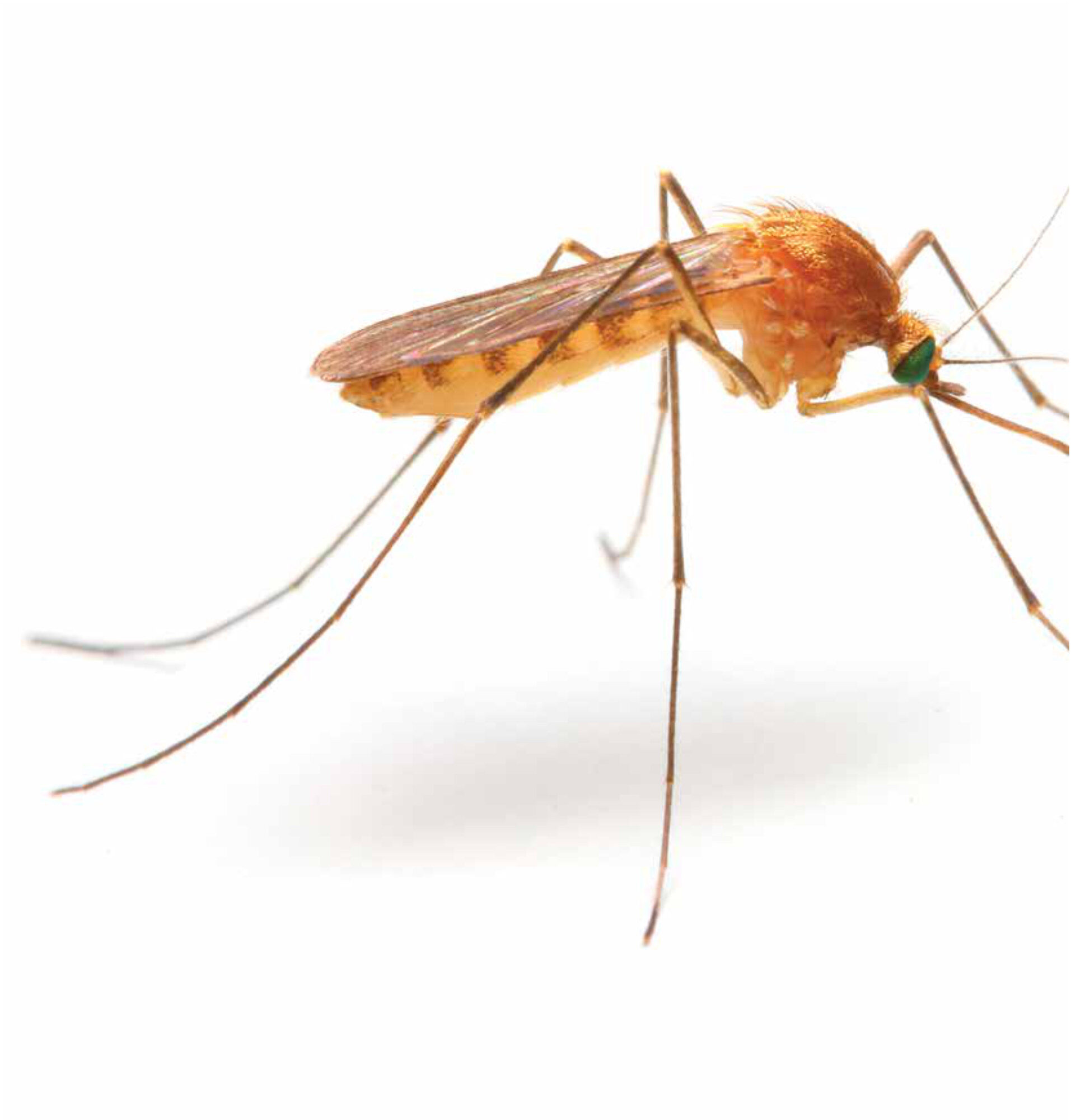Main content
In the five minutes it takes to read this page, 3 women will lose their lives to complications of pregnancy or childbirth, 60 others will suffer debilitating injuries and infections due to the same causes, and 70 children will die, nearly 30 of them new-born babies. Countless other babies will be stillborn or suffer potentially long-term consequences of being born prematurely. The vast majority of these deaths and disabilities are preventable.
This statement from the Countdown to 2015 report [1] summarizes the issues still dominating the maternal and perinatal/child health agenda. Despite new evidence of a declining trend in maternal mortality, high maternal mortality continues to be concentrated in sub-Saharan Africa (SSA) and in South Asian countries. Still, an African woman’s lifetime risk is 100 times higher than that of a woman in a developed country.
‘Sexual health and rights’ is one of the spearheads of the policy of the Netherlands Ministry of Foreign Affairs (MFA), besides food security, water, and security and the rule of law [2]. This renewed emphasis on sexual health and rights underlines the need to accelerate progress in the domain of sexual and reproductive health and rights (SRHR). Trend analysis shows that maternal mortality is decreasing – of about 200,000 since 1980 [3] – however, reducing maternal death needs to remain a priority area given its global magnitude and impact on women, their families and society as a whole. Similarly, other aspects of SRH require programmatic and policy attention, as maternal health is highly influenced by access to family planning and a reduction of unsafe abortions. Both areas are in dire need of improvements as some 20% of all unintended pregnancies end in an abortion – often performed under unsafe conditions – and on average the unmet need for family planning in the least developed countries is stalling around 25% [4].
Sexual and reproductive health
In 1994, the Programme of Action (POA) of the International Conference on Population and Development (ICPD) redefined reproductive health by putting individual rights at the centre, while at the same time stressing not to lose sight of the larger social, cultural and economic contexts in which people operate. Two groundbreaking achievements of the ICPD were the shift from population control to a human rights perspective, and the inclusiveness of sexual health in the domain of reproductive health, noting that reproductive health should ‘include sexual health, the purpose of which is the enhancement of life and personal relations, and not merely counselling and care related to reproduction and sexually transmitted diseases’.
According to the definition, sexual health is …a state of physical, emotional, mental and social well-being in relation to sexuality; it is not merely the absence of disease, dysfunction or infirmity. Sexual health requires a positive and respectful approach to sexuality and sexual relationships, as well as the possibility of having pleasurable and safe sexual experiences, free of coercion, discrimination and violence. For sexual health to be attained and maintained, the sexual rights of all persons must be respected, protected and fulfilled![5]
A safe and pleasant sexual life
Sexual and reproductive health are closely linked. Sexual health refers to a wide array of issues such as sexual and gender identity, relationships and sexual pleasure, but also to negative consequences as HIV infections, cancer and infertility, unintended pregnancy, abortion, sexual violence, and harmful practices. The International Conference on Population and Developments (in Cairo, 1994) made a call for services that promote positive sexual health choices and well-being. However, sexual health interventions in many parts of the world are limited to the prevention, treatment and care of primary sexual health problems and concerns, such as STI (including HIV), and unwanted pregnancies (WHO, 2010) [6]. Reaching the stage in which all people have the knowledge and opportunity to pursue a safe and pleasant sexual life, however, is a challenge. It is highly dependant on access to (comprehensive) information about sexuality and to good quality health care. It requires an environment that affirms and promotes good health, and is influenced by the risks people face and by their vulnerability to adverse consequences of sexual activity such as contracting STI and unwanted pregnancies.
Programmes in sexual health
The Cairo conference initiated a shift from programmes, that exclusively focused on prevention, treatment and care of sexual ill-health, to programmes with broader concepts of health and well-being. Evidence is being collected on the success of such approaches. Examples are the importance of behaviour change in the control of HIV infection and AIDS, and how this has led to greater efforts towards promoting various approaches aimed at creating or maintaining healthy sexual lifestyles. In many programmes, however, the entry point is still the (reproductive) health system, such as in programmes aiming to increase access to family planning. It is essential to link these to a wider context, as access to contraceptives is often hampered because of societal and other barriers. Actions to improve sexual health should also include breaking taboos, revising legislation (like access to abortion), reducing stigma and discrimination of minorities, and above all reducing gender inequalities. A sexual health framework developed by the WHO [7] suggests such actions and provides examples of successful programmes in the domain of sexual health. Such as the telephone helpline in New Delhi, India, run by ‘TARSHI’ (Talking About Reproductive and Sexual Health Issues) that offers free and confidential counselling, and appropriate referrals on sexual and reproductive health, and sexuality-related issues.
Engaging men
Other programmatic approaches are: programmes for screening and treatment of cervical cancer, integration of HIV services with local family planning, combining life skills programmes for youth with media campaigns, and the involvement of men in sexual and reproductive health, and in the prevention of gender based violence. With regard to the latter, it is increasingly understood that engaging men in SRH is crucial. Over the past decade there has been a trend to move away from women-focused programmes. More and more programmes have started to involve men in family planning and other reproductive health services, encouraging men to accompany their pregnant partners to antenatal care appointments and improve their parenting skills. These interventions aim to help men understand and take part in women’s (reproductive) health, like recognizing danger signs in pregnancy). More generally they aim to achieve behavioural changes in men, like increasing male participation in contraception. Next to male involvement, some programmes aim to meet men’s own sexual and reproductive health needs. More recently, programmes have emerged that attempt to address the SRH needs of women and men in a gender equitable way (WHO, 2010). In January 2013 the MenCare+ Programme was launched. [8] This multi-year programme – initiated by Rutgers WPF and funded by the Netherlands MFA – intends to address gender inequities in Brazil, Indonesia, Rwanda and South Africa. Interventions include provision of information to (young) men to ensure that they can make healthier decisions in relation to sexuality, relationships and fatherhood. In addition interventions aim to ensure easier access to contraceptives, and train health workers to involve fathers in care relating to pregnancy and birth. The programme is based on the vision that men should not only be regarded as the problem, but as part of the solution.

References
- WHO/UNICEF, 2012.
- See: http://www.minbuza.nl/en/news/2012/07/house-supports-details-of-new-development-policy.html.
- Hogan et al., 2010. Maternal mortality for 181 countries, 1980-2008: a systematic analysis of progress towards MDG 5; and Lozarno et al., 2010. Progress towards MDG 4 and 5 on maternal and child mortality: an updated systematic analysis.
- United Nations, Department of Economic and Social Affairs, Population Division (2011). World Contraceptive Use 2010 (POP/DB/CP/Rev2010).
- ICPD Programme of Action, 1994, paragraph 7.2. United Nations, Department of Economic and Social Affairs, Population Division (2011 World Contraceptive Use 2010 (POP/DB/CP/Rev2010).
- WHO (2010). Developing sexual health programmes. A framework for action.
- http://www.rutgerswpf.org/news/men-more-involved-fathers-and-carers-everyone’s-advantage



















































